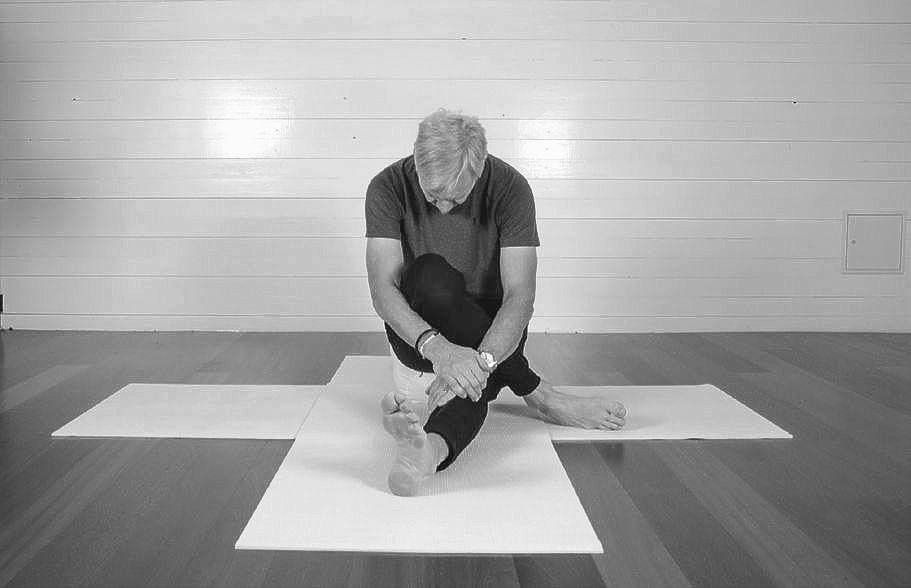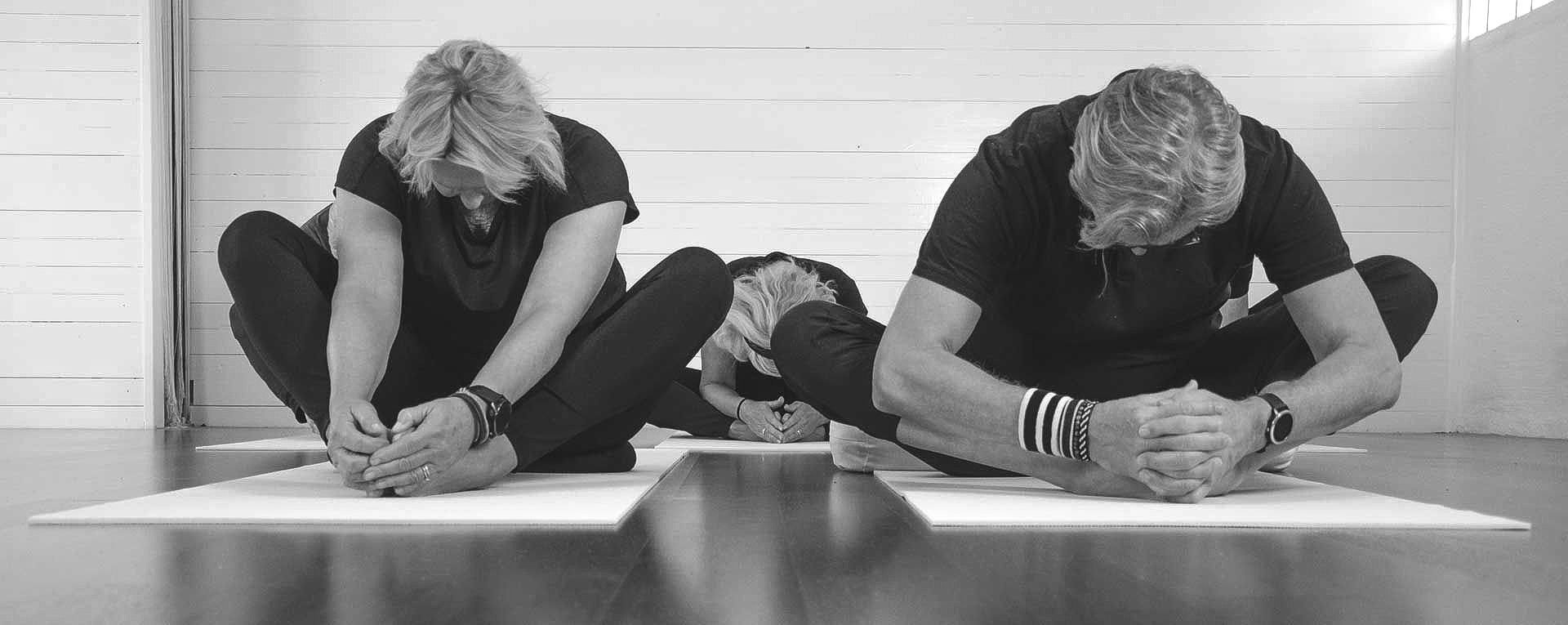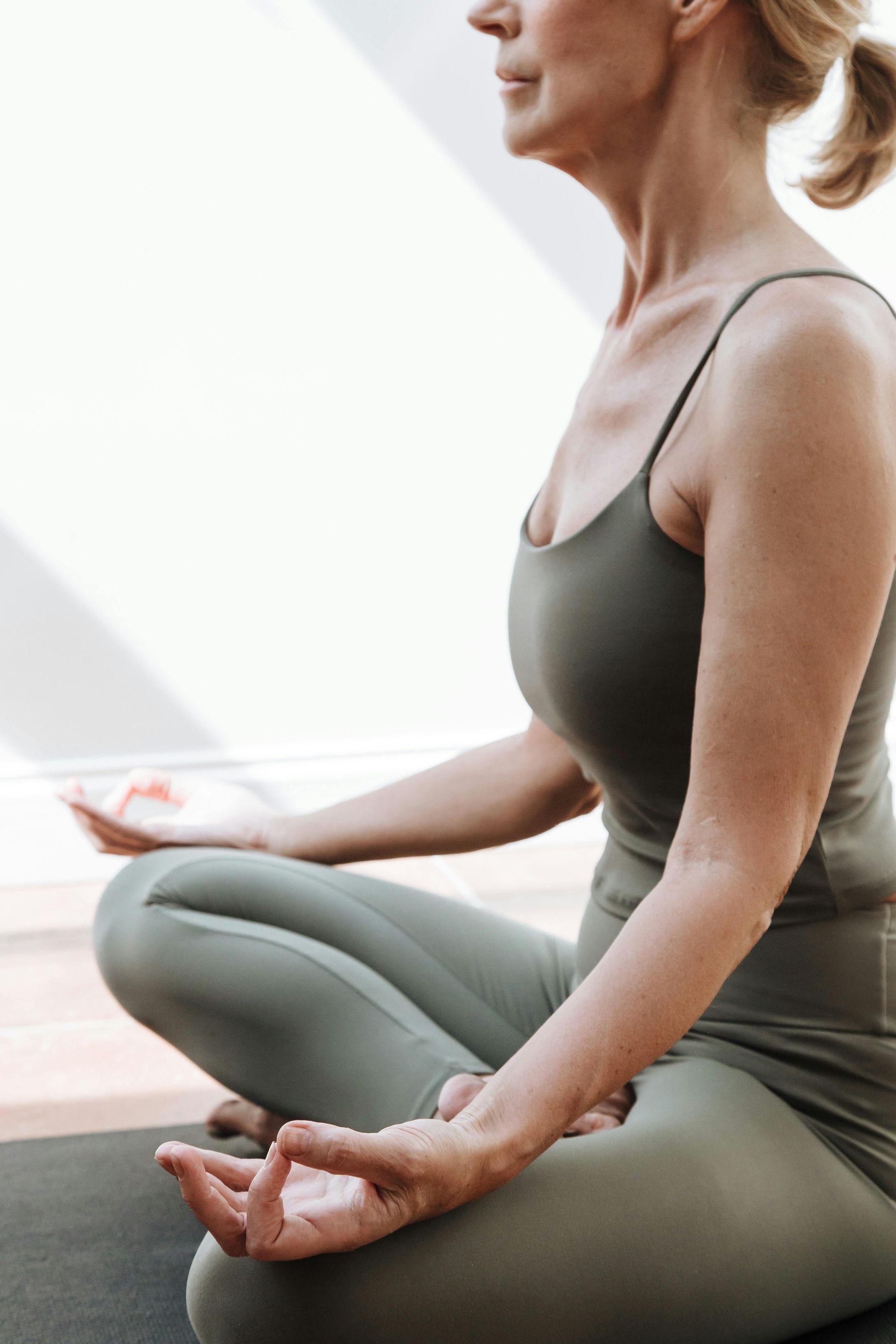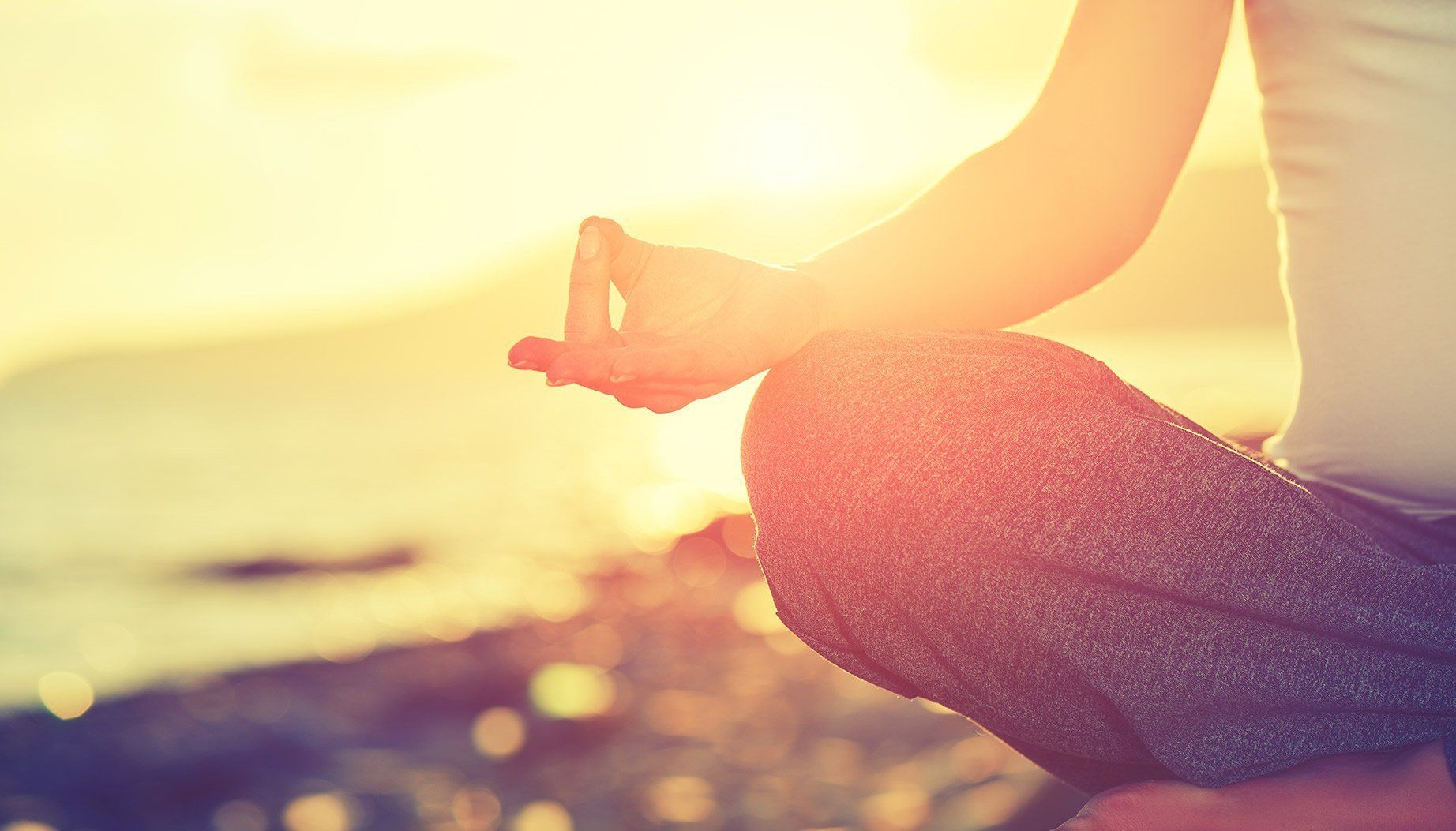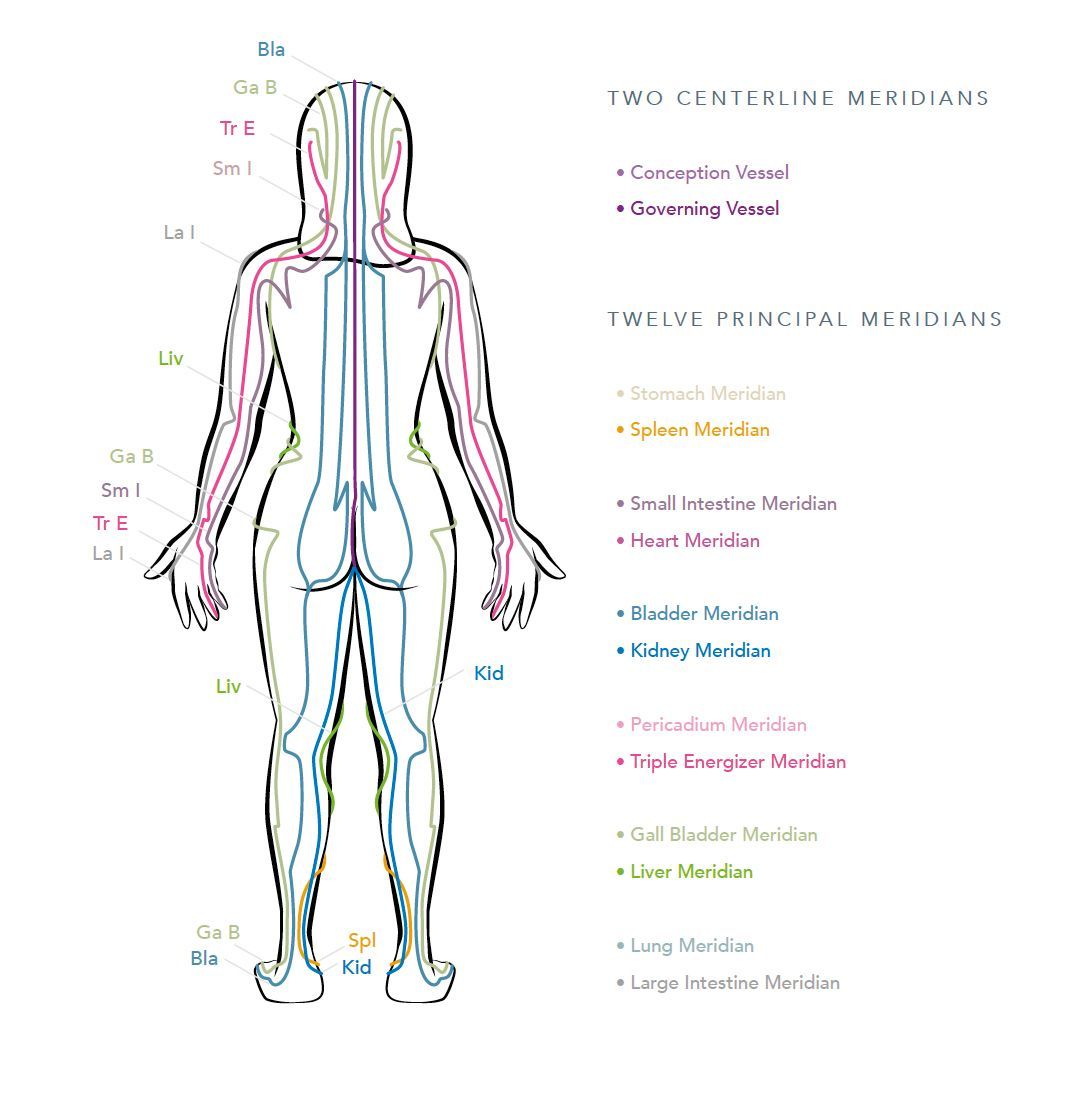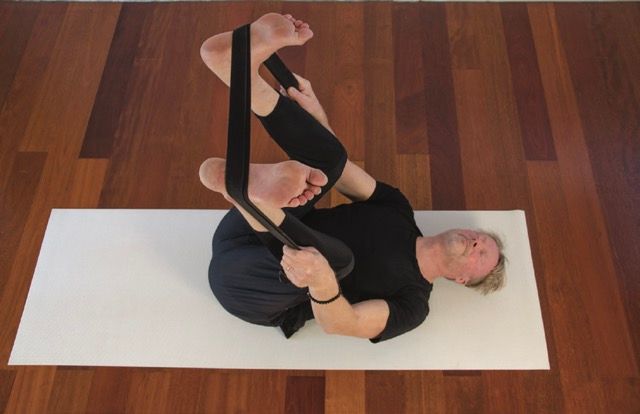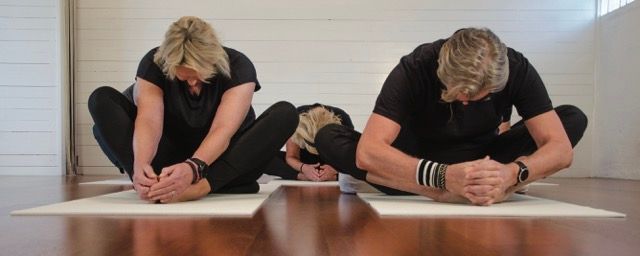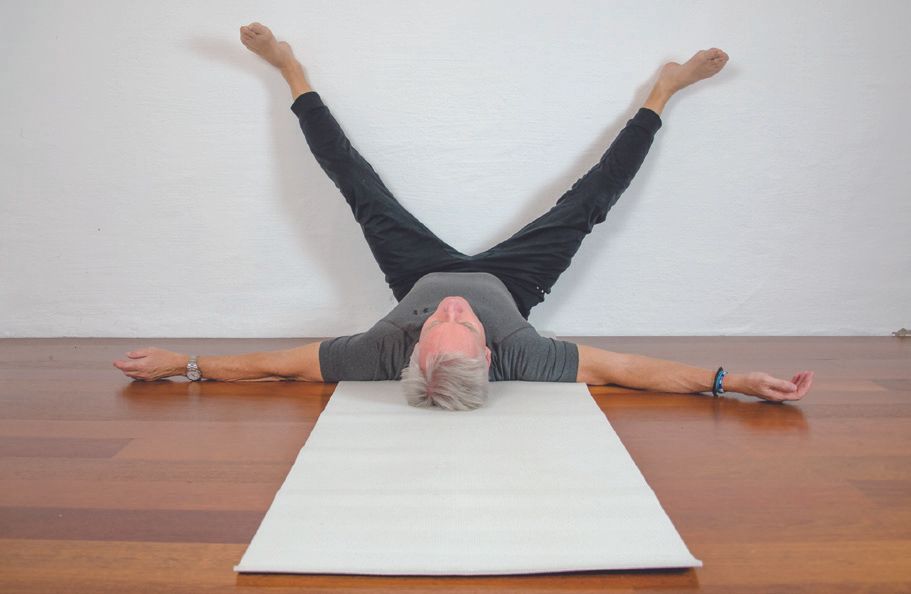Creep in yin yoga.Relieve issues with your tissues
Why creep in your yin practice is good for you
When we hold poses for a long time in yin yoga, we can experience creep. Rather than being something a bit spooky, creep helps us release physical tension and relax our bodies. Let’s explore what creep is, how it affects your fascia, and hopefully relieve a few aches and pains along the way.
What is creep?
In science, creep is where a solid material slowly deforms or moves when it’s physically stressed. In your body, creep is when you slowly subject your connective tissues – fascia, ligaments, and tendons— to a slow, sustained stress.
Think of it like putty. If you pull it apart quickly, it can snap. But if you pull it apart slowly and gently, it will stretch to a surprising length. This slow, gradual stretching is what we're after in yin yoga. When you hold a pose for several minutes, you apply a low-intensity stress to the deep tissues of your body, allowing them to "creep" and lengthen over time.
And that’s good because…
Fascia is the web of connective tissue that wraps around every muscle, bone, and organ in our bodies. When our fascia is healthy, it's flexible, slippery, and smooth, allowing our body to move freely. The problem is that with daily stress, repetitive movements, or a lack of movement, fascia can become stiff and restricted.
Yin yoga's long, passive holds create the perfect environment for creep to happen. By relaxing your muscles and allowing gravity to do its work, you apply a gentle, constant load to the fascial network.
The benefits are these:
- Lengthens tissues: creep allows the fascia and other connective tissues to lengthen for a short time, creating more space and mobility in your joints.
- Improves hydration: The gentle compression and release of a yin pose acts like a sponge. As you hold the pose, you squeeze fluid out of the tissues. When you release the pose, you draw back fresh, new fluid, improving tissue hydration and overall health (1).
- Helps repair your cells: This stress on your tissues stimulates cells called fibroblasts to produce more collagen fibres. Over time and with proper rest this helps your tissues become more resilient and strong (2).
Creep gives you better health and well-being
The magic of yin yoga is how it creates creep to benefit your entire system. You shouldn’t force your body into a deeper stretch but find your edge—that Goldilocks moment of not too little, not too much—and then get still and hold for time. Staying still in the pose for time is where the true work happens.
- Physical benefits: When you try to attain creep in yin yoga you can increase your range of motion, improve joint health, and help release tension. The slow, meditative pace even helps work through scar tissue and adhesions, increasing your mobility.
- Mental and emotional well-being: Creep has a powerful effect on your nervous system too. Yin's long holds and slow pace activate the parasympathetic nervous system—your body's "rest and digest" mode. This helps reduce cortisol levels, calm your mind, and give you a sense of inner peace. It's an opportunity to practice mindfulness, which can improve your emotional strength and your relationship with your body.´
Be a bit careful after a yin practice
Your tissues may be temporarily weaker, so giving your body some time to recover allows your tissues to adapt and come back stronger.
Yin Yoga isn't just about stretching; it's about gently influencing the very structure of your body to promote lasting health, mobility, and a sense of well-being. If you “get” creep, you get a greater understanding of the subtle, powerful effects of yin yoga.
References and additional reading
(1) and (2) The claim about yin yoga's effect on tissue hydration is based on a growing body of research in the field of fascia science. While there are not yet many studies that directly measure the effects of a yin yoga class on the human body, the principles behind the practice are supported by scientific literature on connective tissue and mechanical stress.
Dr. Robert Schleip's Research
Dr. Robert Schleip is a leading figure in fascia research. His work, often conducted at the Fascia Research Group at Ulm University, has demonstrated how connective tissue responds to mechanical loading and stretching. A key study from his group, "Strain hardening of fascia: static stretching of dense fibrous connective tissues can induce a temporary stiffness increase accompanied by enhanced matrix hydration," found that tissues subjected to stretching and subsequent rest showed a decrease in fluid content immediately after stretching, followed by a "super-compensation" phenomenon where matrix hydration increased to levels higher than before the stretch. This provides a direct scientific foundation for the "sponge effect."
Dr. Carla Stecco's Contributions
Dr. Carla Stecco, a professor of anatomy at the University of Padua, has conducted extensive research on the anatomy and function of fascia. Her work highlights the importance of the hyaluronic acid-rich layer within fascia, which facilitates the gliding and sliding of fascial sheets. In her book, Functional Atlas of the Human Fascial System, she provides detailed anatomical evidence for the interconnectedness of fascia and its role in movement and pain. Her research on how manual therapy and movement can affect the viscosity of hyaluronic acid and the gliding of fascial layers directly supports the idea that practices like yin yoga can improve tissue health and hydration.
Other Relevant Literature
- Langevin, H. M., et al. (2001). "Dynamic and Viscoelastic Responses of Connective Tissue to Unloading." This research, while not specific to yin yoga, provides a foundational understanding of how connective tissue adapts to mechanical stress and how it affects fluid dynamics.
- The Fascia Research Congress. This bi-annual conference brings together leading scientists and clinicians from around the world to present and discuss the latest findings on fascia. The topics covered often include the biomechanical, physiological, and neurological properties of fascia, providing a platform for the research that underpins the claims about yin yoga's benefits.
These studies and researchers have shifted the scientific view of fascia from a passive packing material to a dynamic, responsive tissue that plays a vital role in movement, hydration, and overall health.

